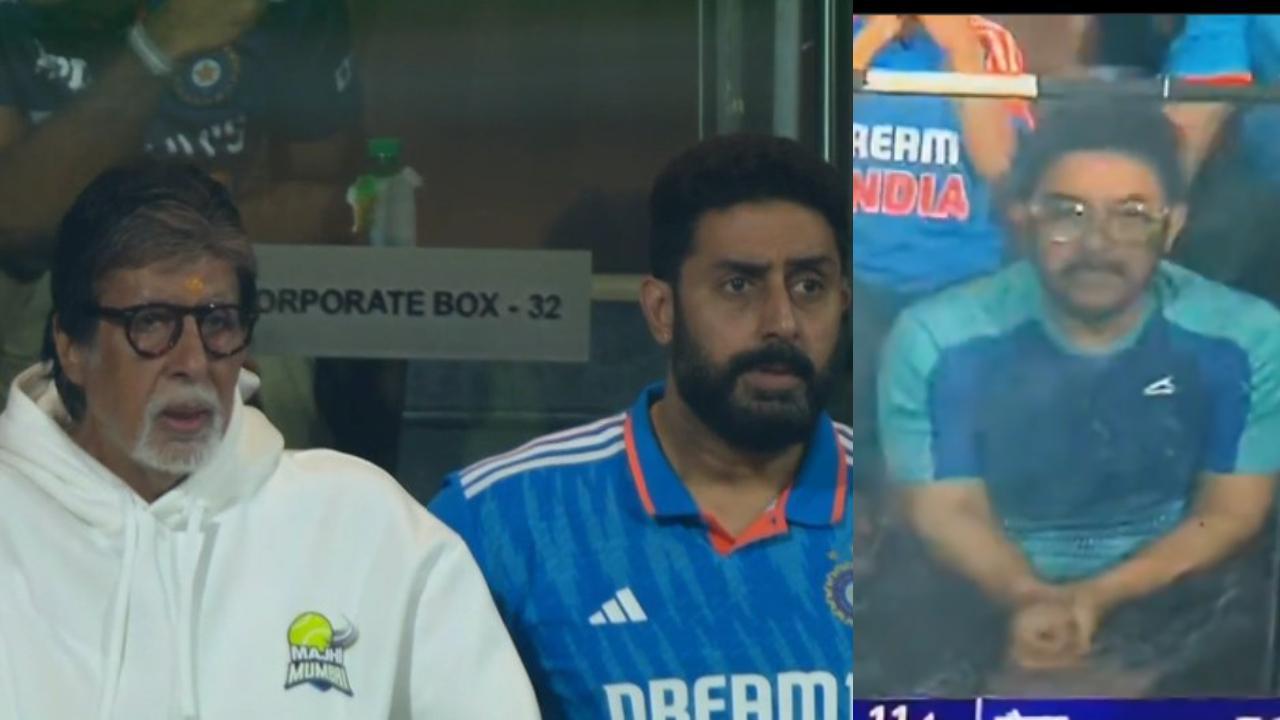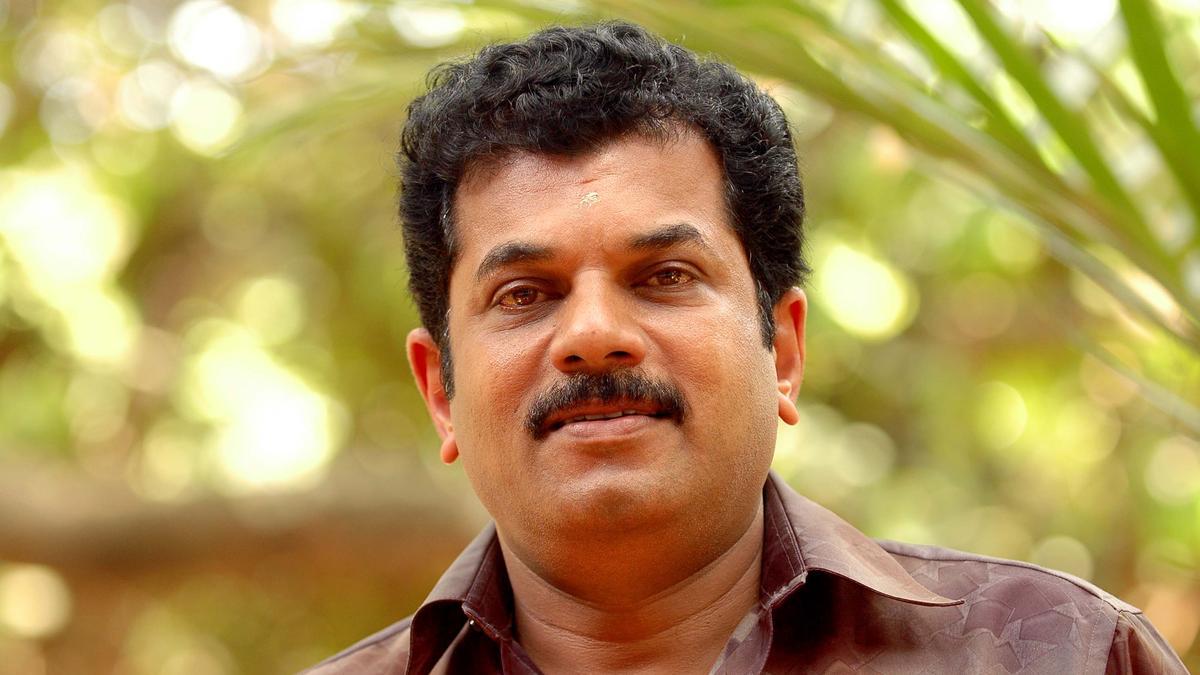
The Telugu film industry is gearing up for a monumental first with the release of “HanuMan,” set to hit screens on January 12. The superhero saga marks the inception of the Prasanth Varma Cinematic Universe (PVCU) and has caught the eye of cinema enthusiasts with its high-impact visual effects. In the lead role, Teja Sajja plays an unlikely hero hailing from the mythical town of Anjanadri, who discovers within himself the celestial prowess of Lord Hanuman.
During an intimate interaction at his multifunctional workspace in Manikonda, Hyderabad, director Prasanth Varma delves into the essence of HanuMan. Far from being pure spectacle like “Avatar” or “Baahubali,” Varma portrays the film as a finely calibrated, budget-conscious heroic tale akin to narratives found in Disney animations or Chandamama comics.
The protagonist’s life is filled with familiar relationships and struggles: a sister played by Varalaxmi Sarathkumar, a girlfriend portrayed by Amritha Aiyer, and unavoidable life hurdles. The narrative pivots around how he draws on Hanuman’s strength and faces the ensuing events.
Completing this project was a three-year odyssey for Varma, who describes the journey as “a learning curve.” During development, he sought the insight of esteemed filmmaker S.S. Rajamouli, pinpointing that technical expertise and proactive involvement are indispensable, even with a dedicated VFX crew. Varma recounts how skilled technicians from Rajamouli’s films would share anecdotes about the maestro’s direct participation in the VFX process, an approach Varma emulated due to similar budget constraints.
Under the visionary guidance of Rajamouli, Varma decided to amplify the project beyond a regional spectacle, thus opting for wider linguistic horizons by dubbing the film in 11 languages. Rajamouli’s pragmatic advice also prompted a staggered release, prioritizing Indian languages before venturing into international terrains, including French.
Originating from Varma’s creative cradle and developed collectively by Scriptsville—a writers’ collective formed by Varma and his sister, Sneha—the narrative reflects the contemporary embrace of writers’ rooms in Telugu cinema. Varma underscores the necessity of diversity in narrative development, allowing for nuanced character crafting and informed gender representation. He emphasizes the director’s crucial role in selecting what’s right for a story, calling for transparency in crediting and compensating writers to deter potential conflict.
Set against the backdrop of Anjanadri, located in a parallel realm named Akhand Bharat, a nation unmarked by Mughal or British dominance, HanuMan affords Varma extensive creative freedom. In this world that mirrors ours to a striking degree, other films, including “Baahubali,” exist but cities like Mumbai don’t.
Unique in its setting, Anjanadri serves as the springboard for additional superhero features earmarked for the PVCU, with projects like Athira and an as-yet unnamed female superhero film. Varma, eager to diversify his directorial portfolio, plans to enlist a female director for the latter.
While Manikonda served as a brain center for the film, Vattinagulapally on the outskirts of Hyderabad became a production nucleus coined Hanuman Studio for its instrumental role in facilitating ‘green screen’ shoots. Physical spaces were transformed into intricate set pieces that allowed for greater control and consistency, as seen in an ambitious sequence that cost producer Niranjan Reddy a hefty sum of ₹65 lakh to reproduce.
Spanning 120 shooting days, HanuMan’s creation involved meticulous storyboarding, troubleshooting, and relentless attention to filmmaking detail. Varma discusses how even seemingly straightforward ‘superspeed’ scenes presented unique challenges, necessitating creative filming solutions.
The film boasts around 1,600 VFX shots and blurs the line between reality and technologically generated imagery, featuring animals like rats, a cheetah, a tiger, and a monkey, all digitally birthed. Artificial Intelligence becomes pivotal in expediting the painstaking process of post-production. Post-launch, Varma intends to share insights into the making of select sequences.
Ahead of its public debut, the director orchestrated test screenings that cut across various demographics. The positive response to the film’s emotional depth, a pointed improvement from his previous work, buoyed Varma. Amid all the technological marvels, ensuring the resonance of human emotion remained paramount. Now, with an eager audience on the cusp of experiencing Varma’s vision firsthand, HanuMan stands ready to chart a novel superhero trajectory in Telugu cinema.










